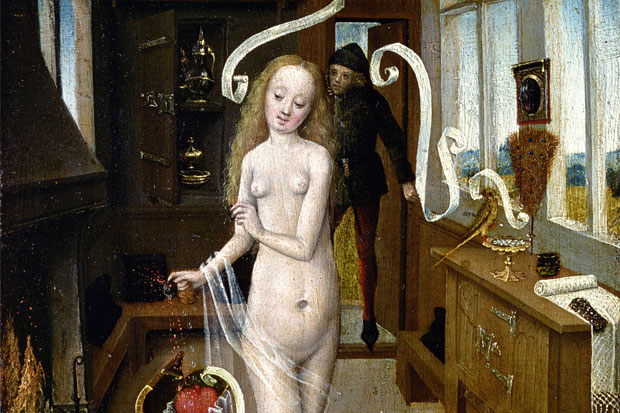With the briefest of introductions to each chapter, it is up to the reader to decide how they want to tackle nearly 600 pages of extracts from religious discourses, scientific tracts, demonologies, and literary works, expertly chosen and translated by Brian Copenhaver, an eminent scholar of intellectual magic and professor of philosophy and history at the University of California.
The structure is chronological, beginning with passages from the Hebrew Bible and the Greek New Testament, then moving on to the Greco-Roman writings of the likes of Plato, Pliny and Ptolemy. The chapter concerning Late Antiquity (between the third and eighth centuries) focuses on Hermetic and Neoplatonic ideas of a world governed by spiritual interconnectedness, notions that would remerge with renewed importance during the Renaissance.
Before Copenhaver gets on to that period, and the theories of such occult philosophers as Cornelius Agrippa, John Dee and Marsilio Ficino, there are a couple of chapters that emphasise the development of the Christian concept of the Devil and the medieval debates on what constituted legitimate and illicit magic. So the 11th-century Bishop Burchard of Worms asked:
Have you gathered plants for medicine while chanting spells that are neither the Creed nor the Lord’s Prayer, meaning the Credo and the Paternoster? If you have done those things, you shall do ten days penance on bread and water.
The rise of the European witch trial is covered briefly in extracts from the notorious Malleus Maleficarum or The Hammer of Witches. This lurid misogynistic text, printed in the late 15th century, was not as influential as its modern reputation suggests, but the passages on ‘Why Witches Must be Killed’ and ‘Why Most Witches are Women’ give a sense of how medieval concerns over mostly male magicians morphed into a campaign against supposed female servants of Satan.







Comments
Join the debate for just $5 for 3 months
Be part of the conversation with other Spectator readers by getting your first three months for $5.
UNLOCK ACCESS Just $5 for 3 monthsAlready a subscriber? Log in